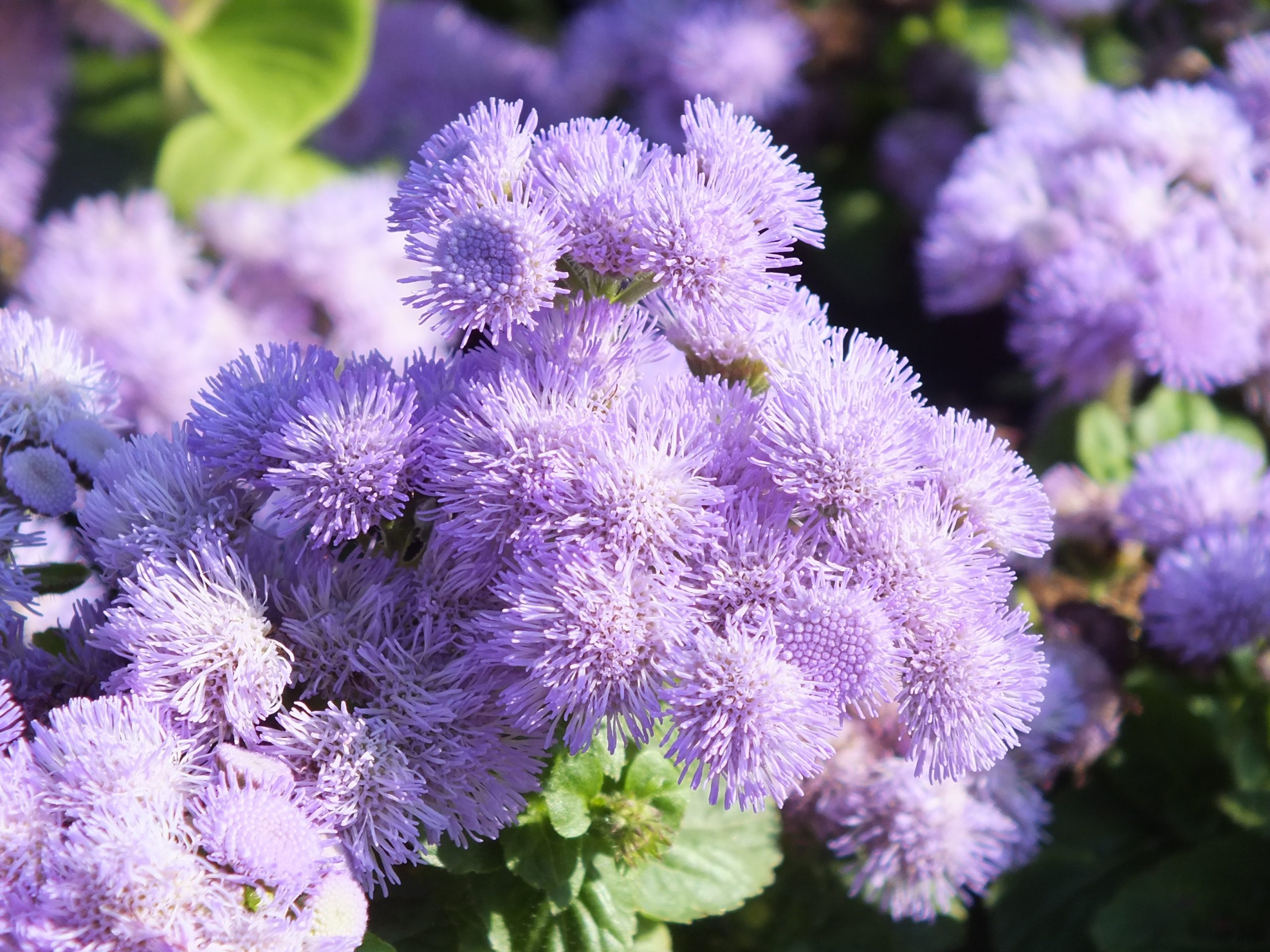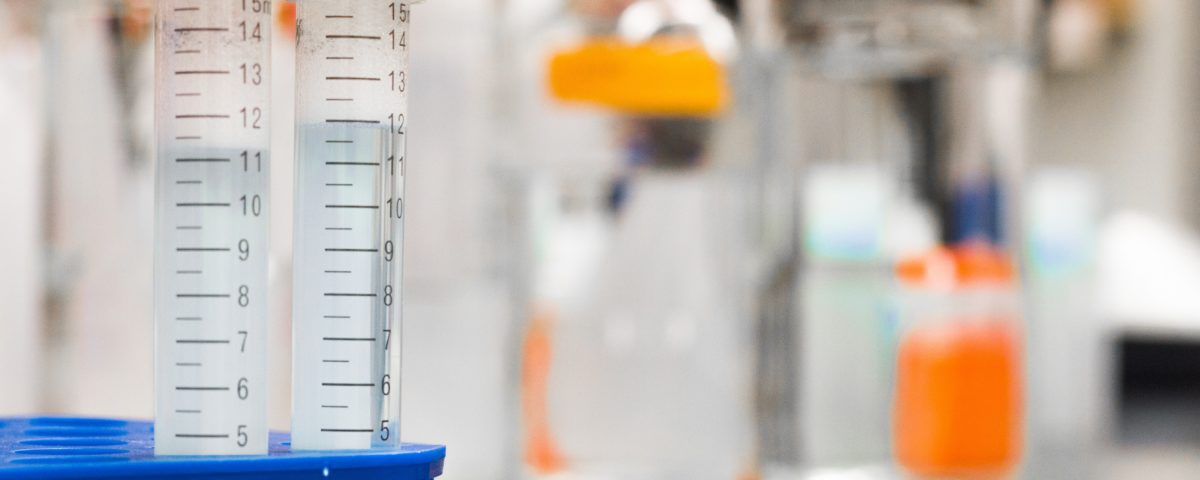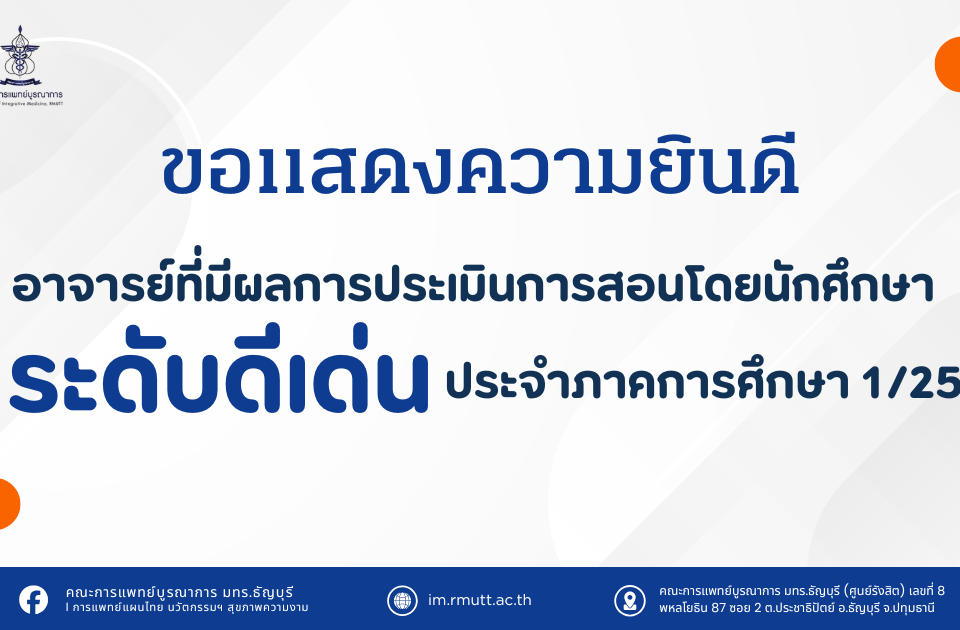
Bioactive Compounds in Moringa oleifera Lam. Leaves Inhibit the Pro-Inflammatory Mediators in Lipopolysaccharide-Induced Human Monocyte-Derived Macrophages
29/04/2020
Development and evaluation of stability of gel formulation containing Ageratum conyzoides extract
30/04/2020
Effect of Paraquat on Interferon-gamma Production by T cell
Background and objective: Paraquat is one of the most widely used global herbicides for weed control. Recently, paraquat has been reported to have immune toxic effects in animal models, while effects on human T cell function remain undetermined. To resolve these issues, the effects of paraquat on IFN-g production by human T cells in vitro were evaluated.
Methods: Peripheral blood mononuclear cells were co-cultured with various concentrations of paraquat dichloride or phytohemagglutinin (PHA). Cell viability was determined by trypan blue exclusion and relative metabolic activity was assayed by MTT method. IFN-g production was measured after co-culture with phytohemagglutinin by ELISA.
Results: Paraquat at 100 µg/mL did not affect cell viability, whereas 300 µg/mL paraquat significantly reduced the percentage of viable cells compared with the control (p< 0.05). Addition of 100 and 300 µg/mL of paraquat significantly increased the percentage of IFN-g production inhibition compared with the control (p< 0.05). Moreover, inhibition ofIFN-g production by paraquat was observed after 24 h co-culture and showed a robust effect in all individuals after 48 h co-culture.
Conclusion: Data indicated that paraquat at the concentration of 100 and 300 µg/mL had an inhibitory effect on IFN-gproduction by T cells. Thus, direct contact with paraquat or paraquat contaminated environments and agricultural products increased risk of diseases caused by T cell dysfunction.
หลักการและวัตถุประสงค์: พาราควอตเป็นสารเคมีกำจัดวัชพืชที่นิยมใช้กันอย่างแพร่หลายทั่วโลก และมีรายงานถึงความเป็นพิษต่อระบบภูมิคุ้มกันในสัตว์ทดลอง แต่ยังไม่มีรายงานการศึกษาถึงผลกระทบต่อทีเซลล์มนุษย์ ดังนั้นการศึกษานี้จึงมีวัตถุประสงค์เพื่อศึกษาผลของพาราควอตต่อการสร้างไซโตไคน์อินเตอร์ฟีรอน-แกมมา (IFN-g) ของทีเซลล์มนุษย์ในหลอดทดลอง
วิธีการศึกษา: กระตุ้นเม็ดเลือดขาวชนิด peripheral blood mononuclear cells ในสภาวะที่มีพาราควอตความเข้มข้นต่างๆ ตรวจสอบความมีชีวิตของเซลล์โดยวิธี trypan blue exclusion และตรวจหา metabolic activity ด้วยวิธี MTT ตรวจวัดระดับ IFN-g โดยเทคนิคELISA หลังจากกระตุ้นการทำงานของทีเซลล์ด้วย phytohemagglutinin
ผลการศึกษา: พาราควอตความเข้มข้น 100 µg/mL ไม่มีผลต่อความมีชีวิตของเซลล์ ในขณะที่ความเข้มข้น 300 µg/mL มีผลทำให้ร้อยละความมีชีวิตลดต่ำลงอย่างมีนัยสำคัญเมื่อเทียบกับสภาวะควบคุม (p< 0.05) และการตอบสนองของทีเซลล์โดยการสร้าง IFN-gเมื่อเพาะเลี้ยงร่วมกับพาราควอตทั้งสองความเข้มข้นมีค่าร้อยละของการยับยั้งการสร้าง IFN-g เพิ่มสูงขึ้นอย่างมีนัยสำคัญเมื่อเทียบกับสภาวะควบคุม (p< 0.05) นอกจากนี้พบว่าพาราควอตมีผลยับยั้งการทำงานของทีเซลล์ตั้งแต่ 24 ชั่วโมงแรกและการยับยั้งเพิ่มสูงขึ้นในอาสาสมัครทุกรายหลังสัมผัสกับพาราควอตเป็นเวลา 48 ชั่วโมง
สรุป: ผลการศึกษาบ่งชี้ว่าพาราควอตความเข้มข้น 100 และ 300 µg/mL มีฤทธิ์ยับยั้งการสร้าง IFN-g ของทีเซลล์ ซึ่งอาจนำไปสู่ความเสี่ยงต่อการเกิดโรคที่มีสาเหตุจากความไม่สมดุลของการตอบสนองของทีเซลล์ในผู้ที่ได้รับพาราควอตโดยตรงหรือการปนเปื้อนในสิ่งแวดล้อมและผลิตภัณฑ์ทางการเกษตรได้







